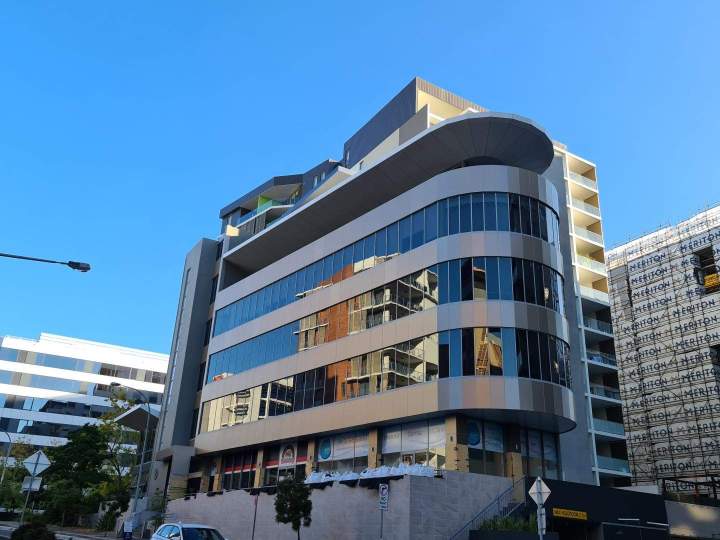How Long Does Exterior Cladding Typically Last?

The lifespan of exterior cladding varies greatly depending on the material, installation quality, and maintenance. Understanding these factors helps you make a long-lasting and valuable investment for your property's exterior.
Factors Influencing Cladding Lifespan
The longevity of exterior cladding depends on several key factors, with the type of material being one of the most important. Aluminium and aluminium composite panels are highly durable, often lasting 30 to 50 years or more when properly installed and maintained. The quality of installation is equally crucial, as poorly fitted panels can lead to water infiltration, warping, or premature wear, regardless of material quality. Environmental and climatic conditions also affect lifespan; coastal areas with salt exposure or regions with high UV levels can impact the panels over time. Regular cleaning and timely repairs help maintain performance and appearance.
TD Cladding Supplies Pty Ltd provides expert installation and premium aluminium and aluminium composite panels to ensure your cladding achieves its maximum lifespan.
Lifespan of Common Cladding Materials
Aluminium, Alpolic, and aluminium composite panels offer excellent durability and longevity, making them a popular choice for modern architecture. Aluminium cladding is resistant to corrosion, lightweight, and low-maintenance, ensuring a long-lasting exterior finish. Alpolic and aluminium composite panels, with their bonded cores and aluminium surfaces, combine strength, flexibility, and weather resistance, typically lasting 30 to 50 years or more when properly installed. These panels are available in a wide range of colours and finishes, allowing for versatile design options while maintaining structural integrity.
With expert guidance and a carefully selected range of panels, TD Cladding Supplies Pty Ltd helps clients achieve a balance between aesthetic appeal and long-term performance.